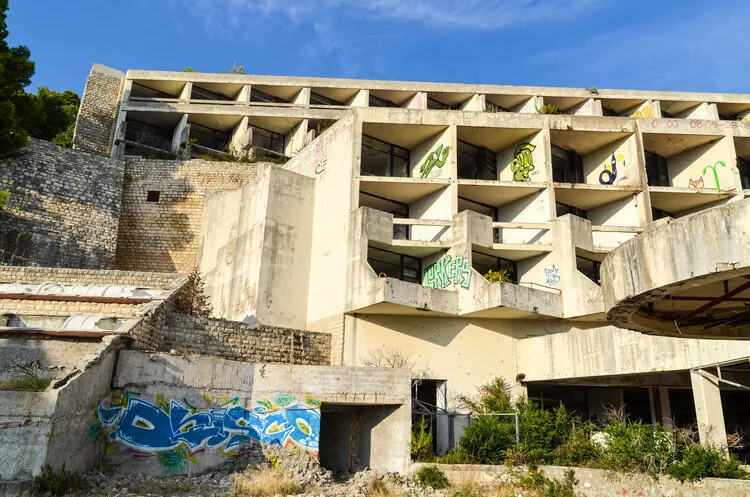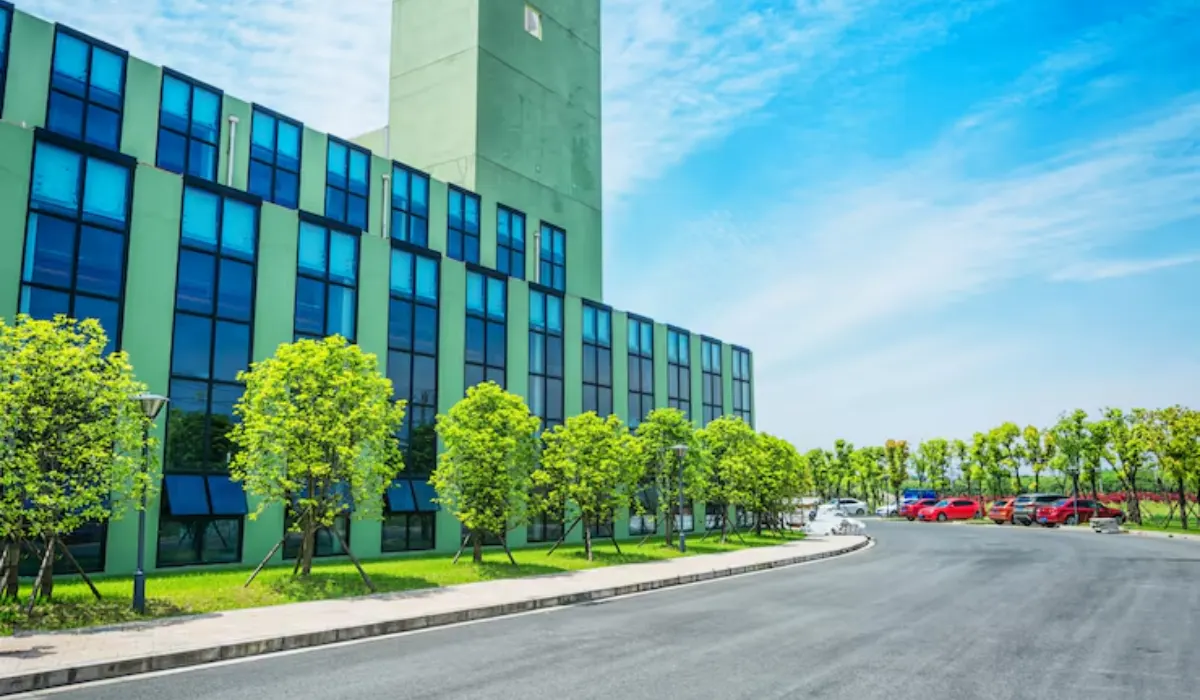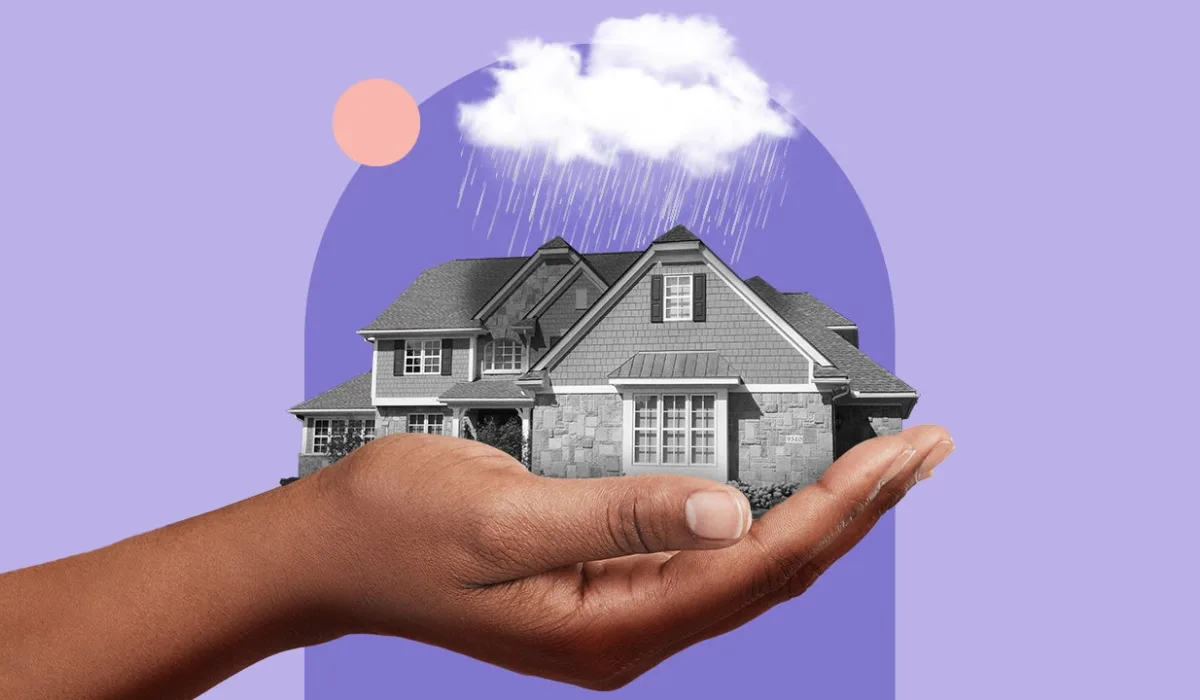Interestingly, the country will have a thriving middle-class population bigger than the total population of most countries. And it will be directly responsible for the country’s growth. Even a study from the Organisation for Economic Co-operation and Development (OECD) says that the middle class is vital for the well-being of economies and societies. The segment’s spending habits, commitment to education, healthcare and housing, advocacy for high-quality public services, zero tolerance for corruption, and faith in both fellow citizens and democratic systems form the bedrock of inclusive development and add value to the overall growth.
Several sectors, including the realty sector, are already witnessing the push from the middle class. One can evidence this from the change in developers’ offerings over the past five years. Thanks to demand from the middle class, the average size of the apartments has increased. According to an Anarock Property Consultants’ report, the average apartment size increased from 1,150 sq ft in 2018 to approximately 1,225 sq ft in the first quarter of 2023. In 2022, the average size stood at 1,185 sq ft as compared to 1,170 sq ft in 2021.
The trend post-Covid
The COVID-19 pandemic has had a profound impact on the real estate industry. With lockdowns and restrictions in place, the sector initially faced significant challenges. Construction activities came to a halt, property sales plummeted, and developers struggled to find buyers. However, as the economy gradually reopened and people adjusted to the new normal, the real estate sector began to show signs of recovery.
One of the key factors driving the growth of the real estate industry amidst the pandemic is the shift in priorities and lifestyles of the middle class. With work-from-home becoming the norm, the need for larger and more comfortable living spaces has become paramount. Many individuals and families are now looking to invest in apartments that offer dedicated workspaces, spacious balconies, and access to green areas. This shift in demand has led to a surge in the sale of larger apartments and independent houses, especially in the outskirts of major cities where land is more affordable.
There is a greater emphasis on the quality of life and amenities offered by residential projects. There is more focus on health and wellness. Hence, access to open green spaces, jogging tracks, and fitness centres has become a priority for many homebuyers.
Project launches reflect evolving consumer sentiment
Developers have been quick to respond to this trend. They are now focusing on creating projects that cater to the new requirements, offering amenities such as working spaces and well-designed outdoor areas. Additionally, developers continue to offer flexible payment plans and attractive discounts to lure potential buyers. These initiatives have played a crucial role in fuelling realty growth amidst the pandemic.
As a result, new launches offer compact yet functional homes at affordable prices, with easy access to essential amenities and transportation. However, residential prices have remained range bound.
Simultaneously, government schemes such as the Pradhan Mantri Awas Yojana (PMAY) initiative , aimed at providing affordable housing for all, has also contributed to the rise of affordable housing options in. It has opened up more opportunities for the middle class to invest in real estate.
The market dynamics
Escalating Housing Demand: As middle-income enjoy rising disposable incomes and improved access to credit, buyers in this segment are actively seeking housing options that resonate with their aspirations. This surge in demand has created a burgeoning market for affordable and mid-segment housing, propelling the growth of residential real estate projects in urban and semi-urban areas.
Retail and Commercial Expansion: The increasing purchasing power of the middle class has also catalysed the growth of retail and commercial real estate. Shopping malls, office complexes, and mixed-use developments are flourishing, providing both investment opportunities and shopping destinations.
Strong Rental Market: While homeownership remains a goal for many middle-income homebuyers the rental market is also witnessing significant growth. It has led to the development of rental housing projects, co-living spaces, and innovative rental models, catering to the evolving preferences of this demographic.
Rise of Affordable Housing Options: The middle class, which forms a significant portion of India’s population, has always been on the lookout for affordable housing solutions. The Covid pandemic has further accelerated this trend as individuals and families seek to secure their financial future in uncertain times.
The rise of affordable housing options has not only fuelled realty’s growth but has also led to the development of new urban centres on the outskirts of major cities. These areas offer a combination of affordable housing, better infrastructure, and improved connectivity, making them attractive to the middle class.
Developers are actively investing in these regions, creating integrated townships that provide a holistic living experience. With the middle class seeking more affordable and spacious housing options, the trend is expected to continue. The scenario will continue to push developers, policymakers, and industry stakeholders to innovate and adapt to meet the changing needs and aspirations of this burgeoning demographic.















